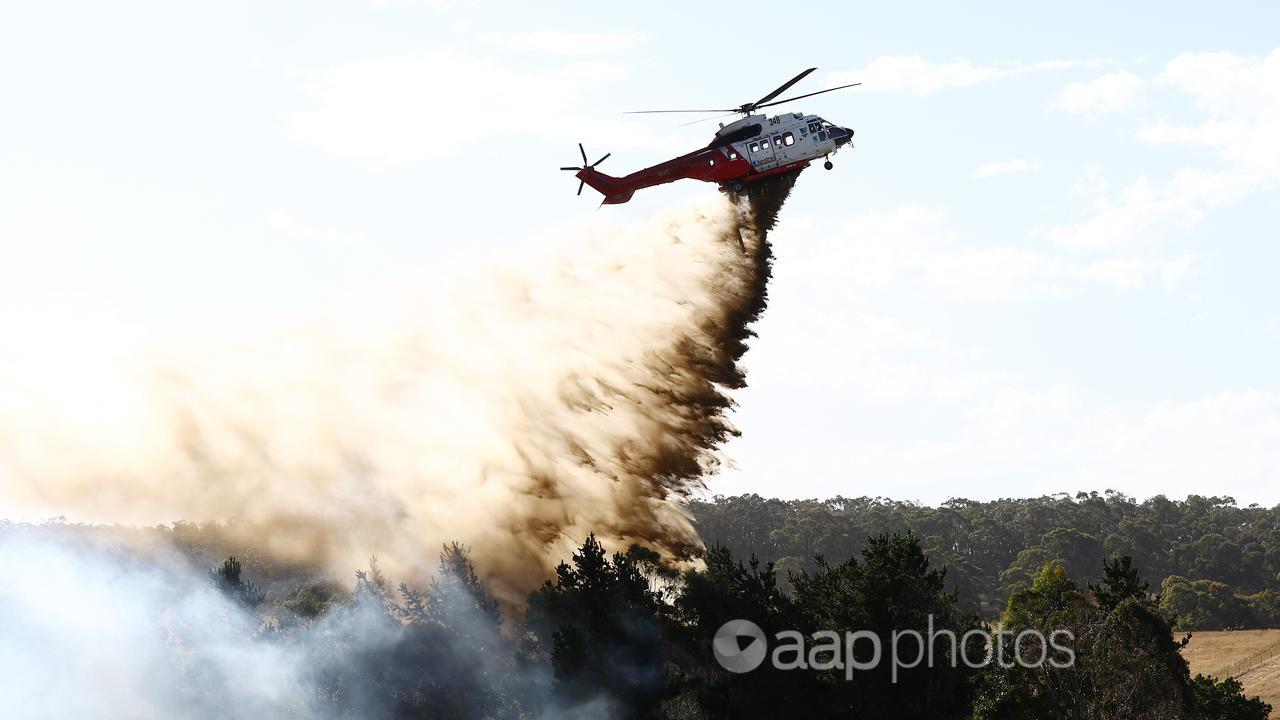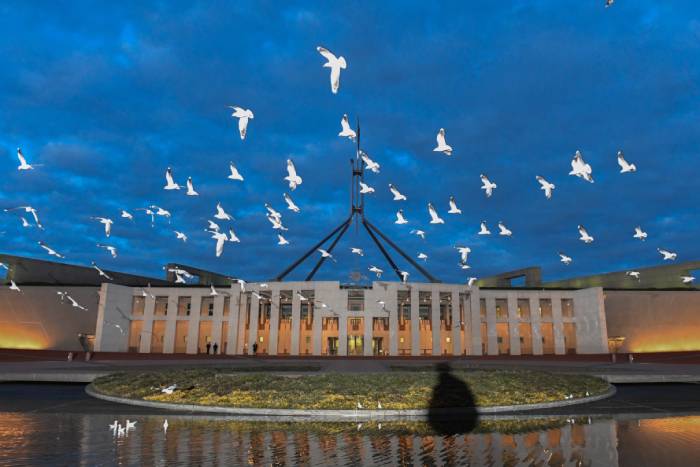Bushfires one day and floods the next – the likelihood of back-to-back severe weather during Australian summers is increasing in a warming climate.
The Black Summer bushfires In 2019-2020 caused widespread destruction followed by downpours and flooding over the next two years, complicating the response and recovery efforts.
There is a growing risk different parts of Australia face more than one disaster at once or in quick succession, with cascading severe weather events a possibility for the summer that’s just begun, the Climate Council warns.

“We call it climate whiplash,” former commissioner of Fire and Rescue NSW Greg Mullins said during a media briefing on Thursday.
“We go from heatwaves and fires to floods and storms.”
Above-average temperatures are predicted for the 2024-25 summer in many parts of Australia, based on the Bureau of Meteorology’s long-range forecasts.
Warmer-than-average days can be expected in much of the nation as well as sweatier evenings, with unusually high overnight temperatures predicted for much of northern, eastern and western Australia.
The summer will likely be wetter than normal – especially in December – with a greater chance of unusually high rainfall in parts of Australia’s east and northwest.

But expectations of a soggy start to summer do not rule out bushfires, with patches of the country, particularly grasslands in western Victoria and eastern South Australia and parts of NSW, already at a higher risk of fires.
Mr Mullins said heavy rain was a double-edged sword for firefighters.
“If it doesn’t rain, we go, ‘oh God, here come the fires’,” he said.
“And if it does rain, we go, ‘oh no, the fuel is going to build up’.”
Grass dries faster than bush and forest vegetation and becomes fuel for fast-moving fires that endanger pasture, stock animals and homes.
“It can rain and then two days later, if you have a hot, windy day, it can burn, even if it’s muddy and wet underneath and fire trucks will get bogged,” Mr Mullins said.
“We’ve had fires like that.”

University of Melbourne climate scientist David Karoly highlighted the risks posed by higher night-time temperatures.
Without a cooling reprieve in the evening, sleep is more difficult, weighing on human health, mental wellbeing and productivity.
Hotter conditions at night pose further challenges for bushfire management and hazard reduction burning, said Prof Karoly, the former leader of the Earth Systems and Climate Change Hub in the Australian government’s National Environmental Science Program.
He said predicting summer conditions had become increasingly challenging.

“Even last year, the Bureau of Meteorology had been forecasting drier conditions in spring, which we did experience,” he said.
“And then it changed in November and in the summer to be actually much wetter conditions, because the ocean temperatures around Australia are much hotter than normal.
“Climate pollution from coal, oil and gas have led to hotter global temperatures, but also hotter ocean temperatures.”




















